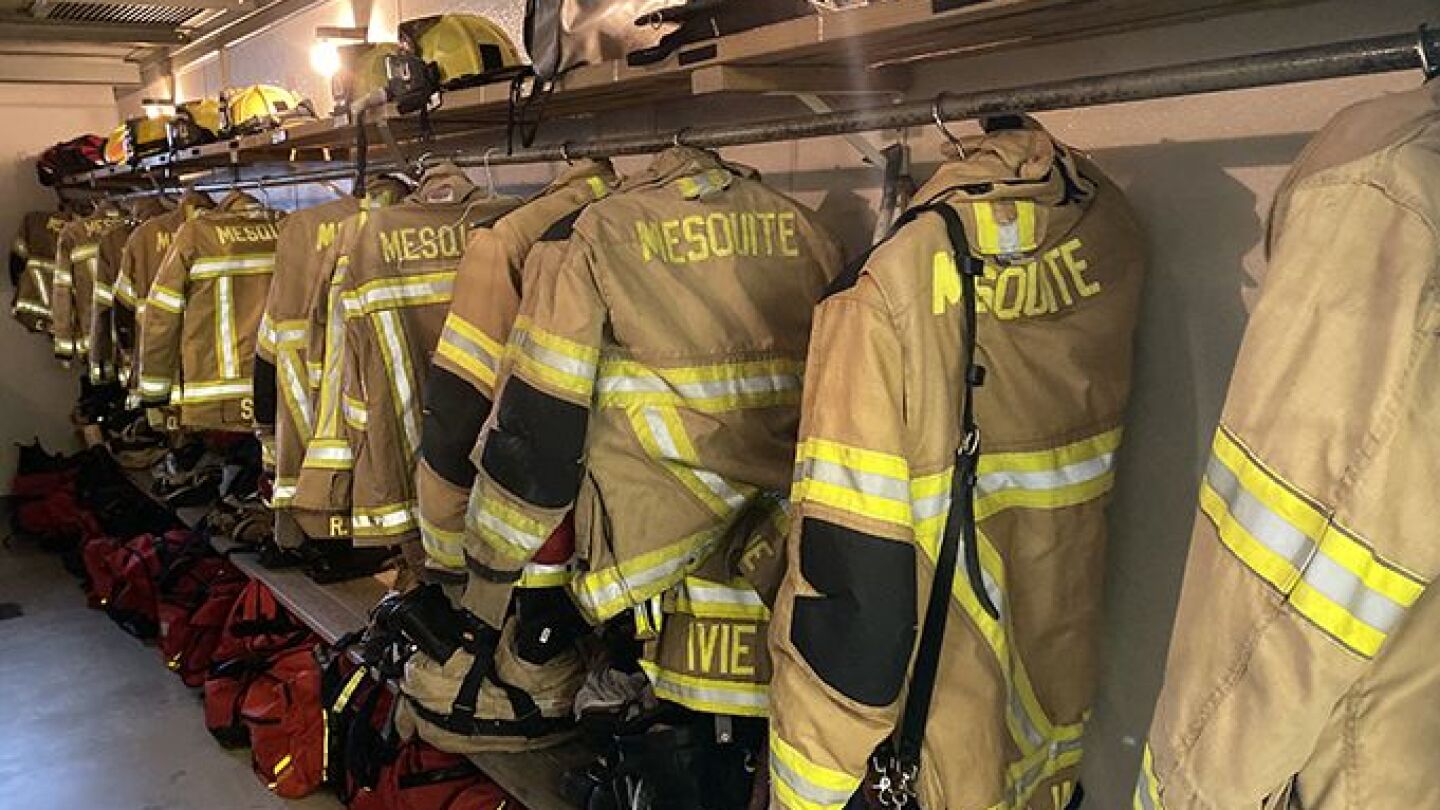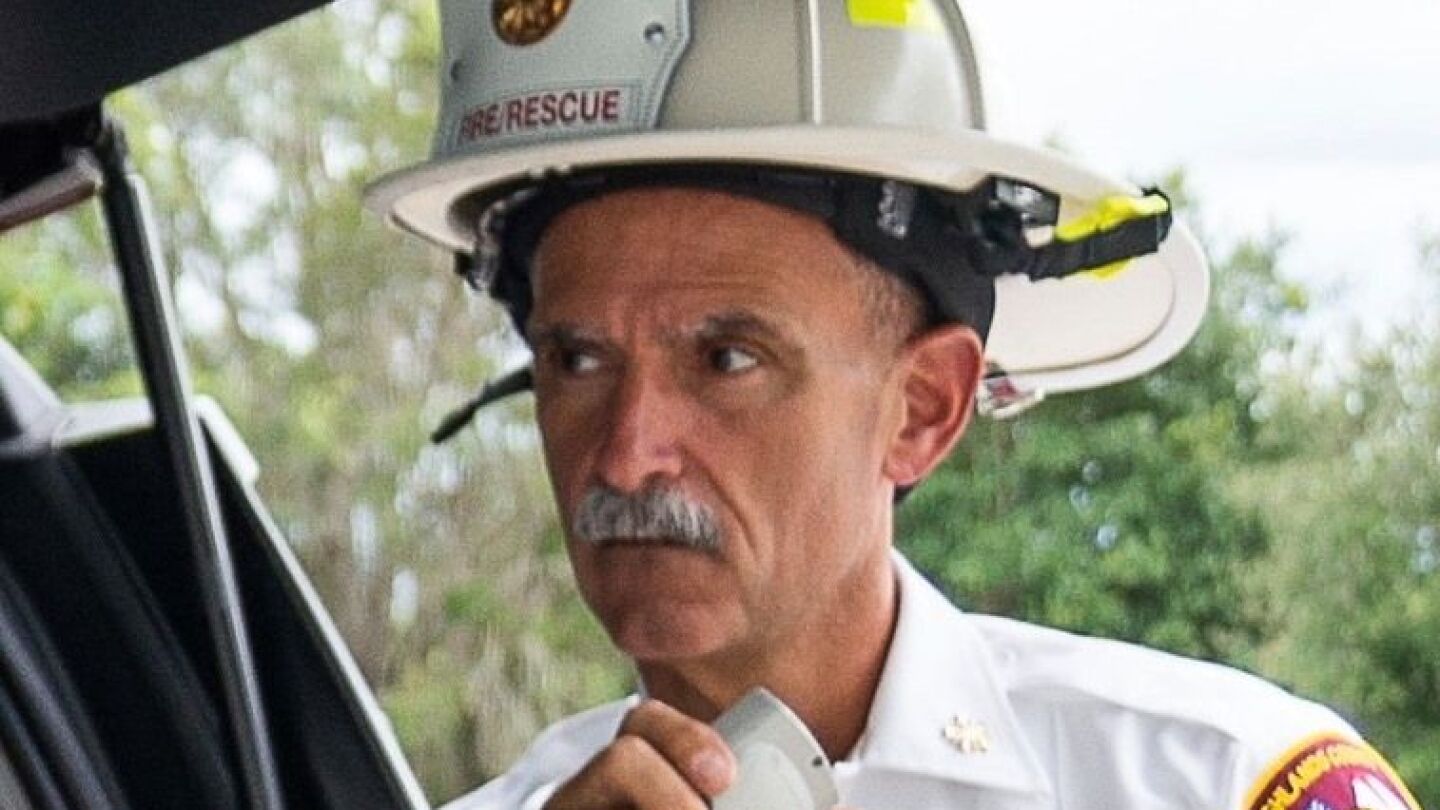National Fire Protection Association (NFPA)
The National Fire Protection Association is a global self-funded nonprofit organization devoted to eliminating death, injury, property and economic loss due to fire, electrical and related hazards. The NFPA delivers information and knowledge through more than 300 consensus codes and standards, research, training, education, outreach and advocacy. The FireRescue1 NFPA topic includes articles and exclusive columns and videos about NFPA certification, standards and updates you need to know.
With cancer a leading cause of firefighter deaths, PFAS in gear is under scrutiny as lawsuits, bans and new standards push for safer alternatives
Forward-thinking leaders must champion engineered approaches that reduce risks and build healthier fire service careers
Fire response begins at the console, and emergency fire dispatchers need a structured protocol to hone their decision-making
Sprinkler systems, smoke detection and fire alarms may not yet be installed and operational
As we approach Stand Down Week, June 19-25, take this Safety Stand Down quiz to test your situational awareness knowledge
Focus on service, ownership, unity and progressiveness to help your organization grow the department
A deeper dive into Unified Command and its common terminology, plus best practices
There are some areas where we can be flexible and others where you simply have to have the necessary qualifications
If we can’t decide what’s best for the fire service, then someone else will decide for us
It’s time to make MCI training part of the regular rotation
The NFPA 1971 technical committee is currently considering an RSL of chemicals and specific levels for those chemicals
The proposal was put forth in the wake of the deadly January fire that killed three city firefighters
Drozd details the work of the Metropolitan Fire Chiefs Association and what it’s been like stepping into his new role as executive secretary
Even with near-daily wear, many firefighters don’t understand the what, why and how that went into the development of each element of the ensemble
Technology, NFPA standards and a visionary leader drove key changes to help extinguish antiquated operations
Ask and answer these key questions to better understand and improve your fleet
“America Burning” spotlights firefighters, legends propose new tactics, and smoke detectors change the game
The thermal protective test, flash fire manikin and Flash Fire Cylinder are three methods for measuring the thermal insulation of firefighting PPE fabrics
Educate yourself on the materials and correct use of the gear you use for structural firefighting
Applying for the Fire Prevention & Safety grant? Don’t miss these important details
High profile fires in Philadelphia and New York highlight the need for additional community outreach and education
Your job is to make sure that you have put all the pieces in place to address a mayday before, during and after the incident
Fire apparatus evolve to include more safety, storage and communication features
Addressing the key turnout gear questions from the FireRescue1 community, one by one
In this video, Gordon Graham highlights the danger of adding unauthorized accessories to personal protective equipment
Significant questions arise as turnout-focused standards are consolidated
Updates to NFPA 1851 establish a cleaning verification process
These fire service-focused channels will increase your KSAs and even offer some entertainment value
Windsor’s Lauri Volkert is the first individual from the state to receive the national honor
A new NFPA report unpacks what has changed and what has remained the same since ‘America Burning’
Agencies across the country are sharing their resources, activities for post-incident physical and psychological health
The duo explain why it’s every firefighter’s obligation to speak up about NFPA standards
2nd Alarm Project addresses how to operationalize culture change regarding behavioral health within the fire service
MOST POPULAR
- Your questions answered: Simple ways to exceed NFPA 1403 for live-fire training
- Firefighter station wear: What certification means
- The high-rise standpipe kit: What fire departments should include in the bag
- Rapid intervention teams: What firefighters should know
- One Meridian Plaza: Fatal high-rise fire prompts change































